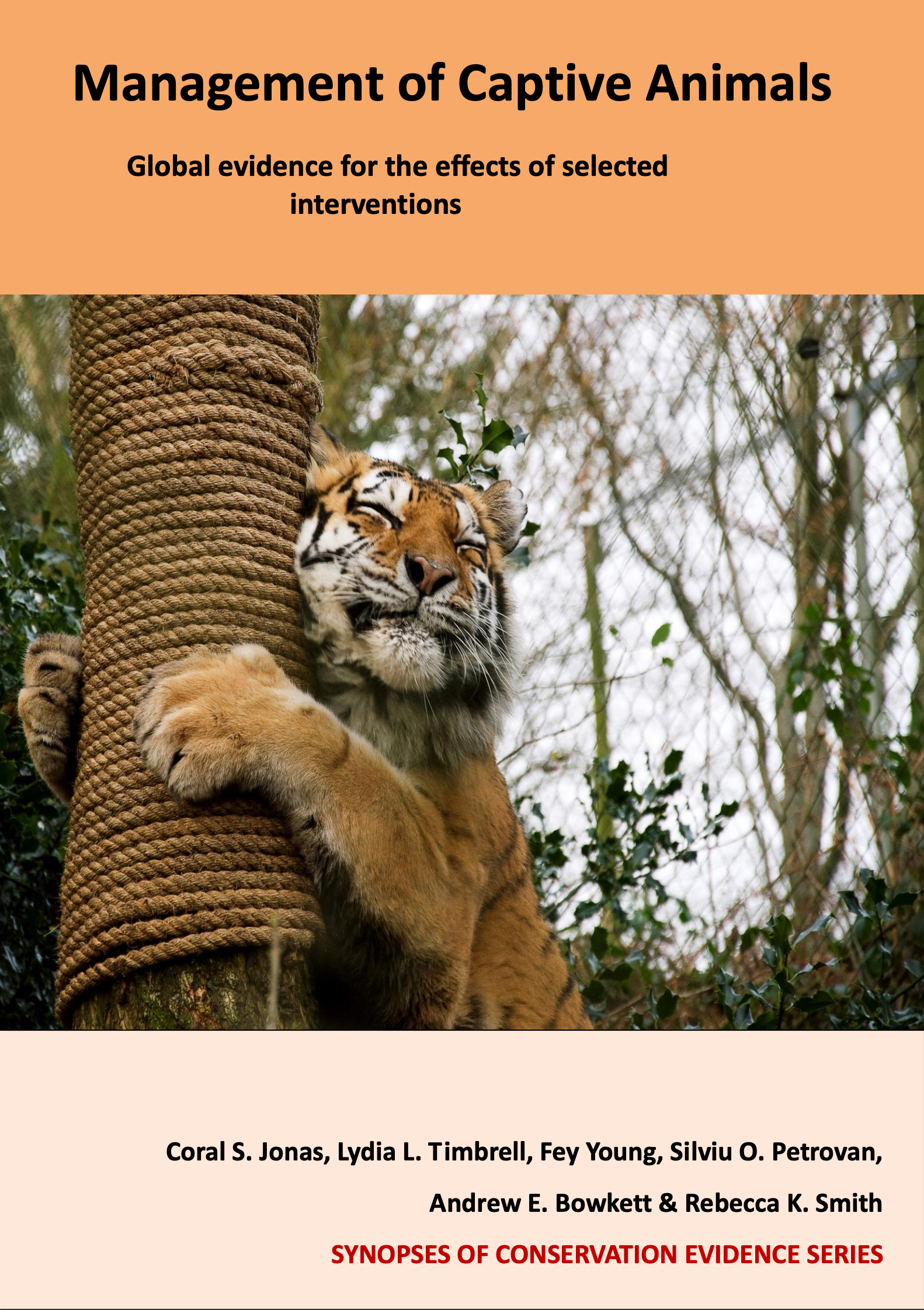Amphibians: Supplement diets with carotenoids (including for colouration)
-
Overall effectiveness category Unknown effectiveness (limited evidence)
-
Number of studies: 1
View assessment score
Hide assessment score
How is the evidence assessed?
-
Effectiveness
70% -
Certainty
28% -
Harms
0%
Study locations
Supporting evidence from individual studies
A replicated, before-and-after study in 2009-2012 in Louisiana, USA found that covering the rearing area (media) of prey fruit fly with carotenoid supplements increased the rate at which tadpoles successfully completed metamorphosis when fed to Strawberry poison frogs Oophaga pumilio compared to a diet of flies not supplemented with carotenoids. Pairs produced fewer clutches on the supplemented diet (average per pair: 8) compared to the unsupplemented diet (14), however, they produced more tadpoles (unsupplemented: 3; supplemented: 6) and more metamorphs (unsupplemented: 1; supplemented: 3). From August 2009 to January 2011 fruit flies were reared in conditions similar to commercially reared flies, from February 2011 to November 2012 the rearing media was augmented with carotenoid supplements Red phaffia yeast, powdered marine algae and Spirulina. The fruit flies were then fed to 50 male and 52 female poison frogs.
Study and other actions tested
Where has this evidence come from?
List of journals searched by synopsis
All the journals searched for all synopses
This Action forms part of the Action Synopsis:
Management of Captive Animals
Management of Captive Animals - Published 2018
Captive Animal Synopsis





)_2023.JPG)














